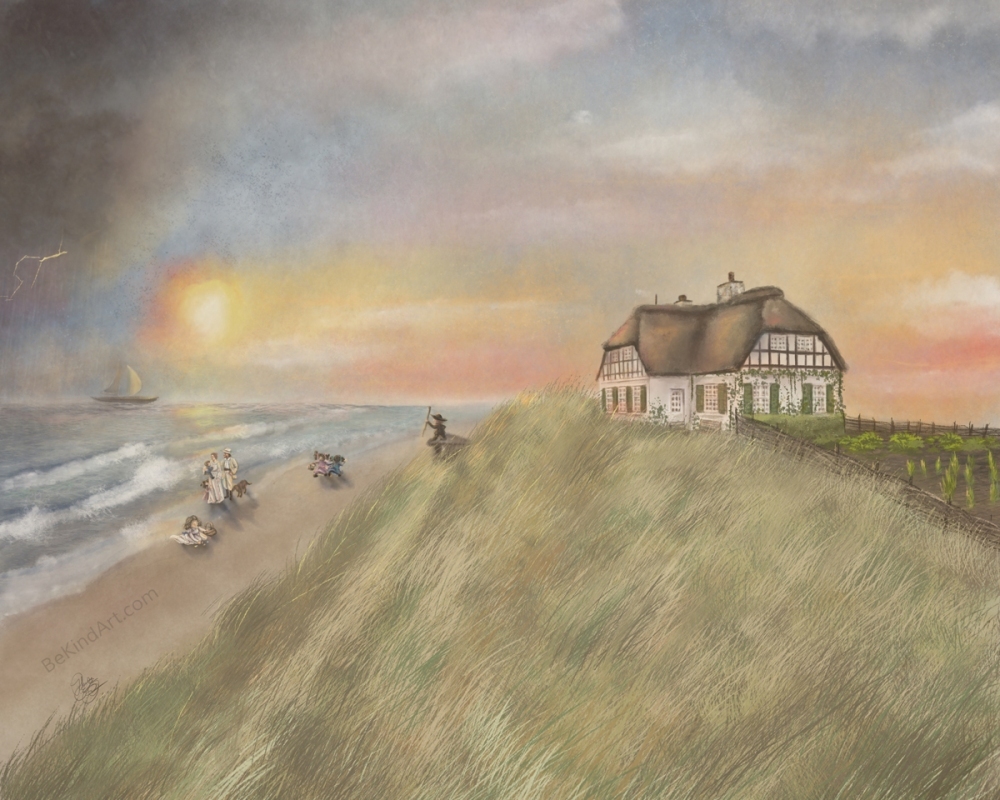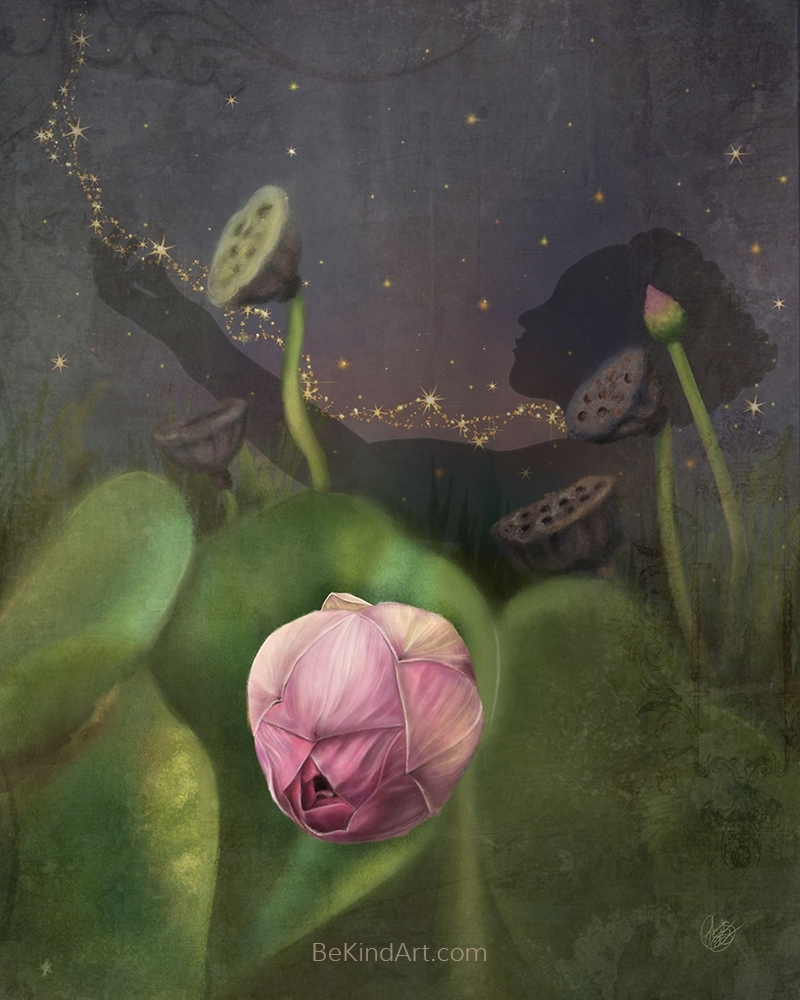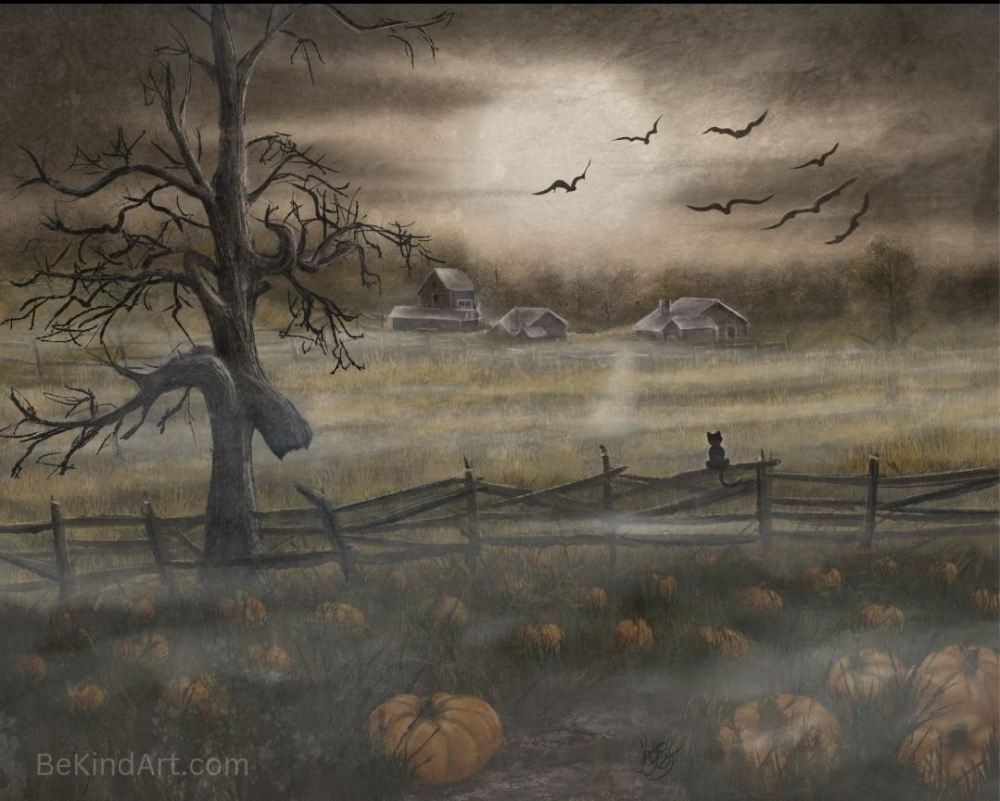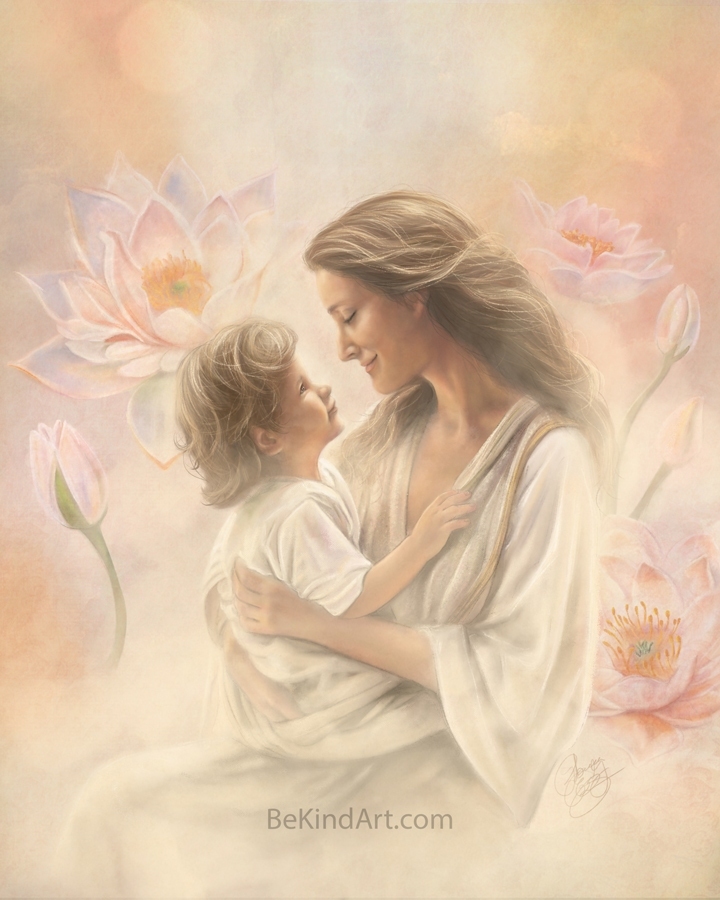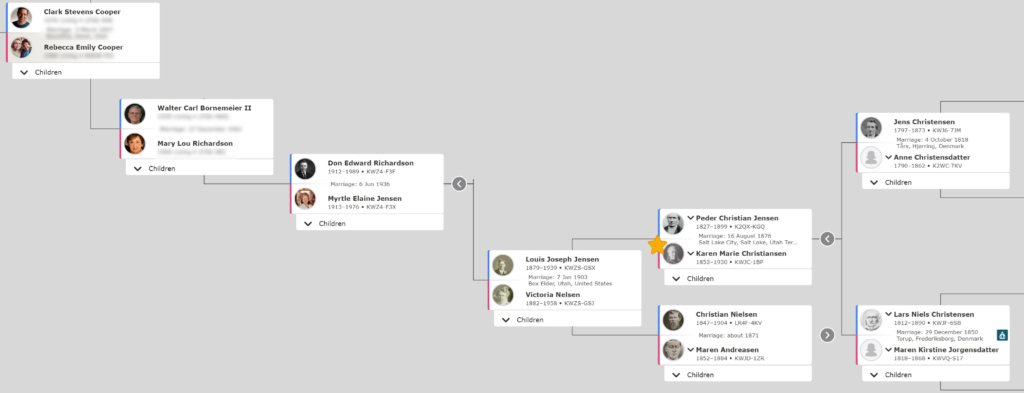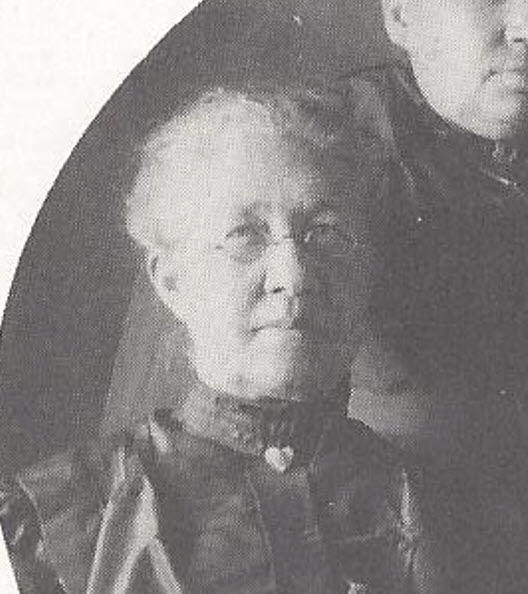
Karen Marie Christiansen is my great-great-grandmother. My maternal line to her is as follows:
Rebecca Emily [Bornemeier] Cooper > Mary Lou [Richardson] Bornemeier > Myrtle Elaine [Jensen] Richardson > Louis Joseph Jensen > Karen Marie [Christiansen] Jensen
Every once in awhile I get the ‘Family History’ bug and I dive into the stories of my ancestors. This past year I noticed an absence of pictures where I found really interesting stories. That is when I felt that I could ‘fill in the gaps’ and contribute to keeping their memories alive in a visual way. Everyone deserves to have their stories told, and remembered. Especially those who sacrificed so much to create a new life for their family, and overcame incredible trials in their lifetime. My great-great-grandmother is no exception. Below is her story, which also can be found on familysearch.org [KWJC-1BP] (contributed by Diane L. Hendricks on October 4, 2019).
The key elements of her story I kept in mind for the painting were:
- Their home near the ocean…
- The storms that would come in, which would at times ruin the crops…
- Her fondness for collecting shells (which also happens to be something my mother and I also do for fun, collect rocks and shells 🙂 )…
- All of her siblings, and parents, are represented in this painting…
- The ship in horizon symbolizes their journey across the ocean to immigrate to the USA…
I, Karen Marie [Christiansen] Jensen, was born January 8, 1853 at Haneloved, a small place close by Fredricksberg, Denmark. My father was Lars Niels Christiansen, and my mother was Maren Kirstine Jorgensen.
My father worked in a Foundry in Denmark where he learned to be a blacksmith. He worked there for 10 years. We lived on a small farm not far from the sea. I remember as children, we would go to the seashore to play in the sand and gather sea shells. Sometimes storms would arise and water would flood the land so that the crops would be spoiled for that year.
When I was 5 or years old my father sold this place and we moved farther inland to a place called Adserbo, near a forest where I remember gathering nuts. While living at Adserbo, I attended school in Melby.
I was brought up in the Lutheran Church, and when I was 12 years old my parents joined the Church of Jesus Church of Latter-day Saints, July 10, 1865. I was baptized June 2, 1866. My parents sold their home and decided to come to Utah. My father left two boys and two girls by a former marriage as they did not want to join the Mormons. Their grandparents influence them against the Mormons.
We left Copenhagen, Denmark, June 14, 1863 with a family of 5 girls and one boy. We sailed on the North Sea for three days. The sea was very rough causing almost everyone to become seasick. When we landed at Hull, England, we were taken by train to Liverpool, and after three days set sail in a sailing vessel called “The Emerald Isle”. It was a cattle ship and had very poor accommodations. The drinking water was very bad and after sailing for two weeks, Typhoid Fever and Measles broke out. Many died, sometimes as many as six in one day, and were buried at sea.
My only brother, Jeppe, died of this illness and was also buried at sea. We were 8 weeks on the water and the crew of the ship was very unkind. One of them said that he hoped the ship would burn, and strangely enough, after the immigrants were unloaded and they were on their return trip, the ship went down with the crew.
We landed at New York, Aug 10, 1868, and took the train to Benton, on the banks of the Missouri River, which was as far as the railroad went. We were met there by a company of men who had been sent by the church with ox teams to take us to Utah. On September 1, 1868, we left with Captain John G. Holman’s Ox train, the last company used by the Church for carrying immigrant across the plains.
We traveled for about three weeks. I walked almost all the way. Only those who were too old to walk, and those who were ill were allowed to ride in the wagons. Many died and were buried on the plains. My sister, Bertha, then 14 years old, died and was buried by the roadside.
We arrived in Salt Lake City, Sept 25, 1868. My mother had been very ill and was so weak she had to ride all the way. She expressed the desire often that all she wanted was to live until she reached Zion, (which to them at that time meant Salt Lake city), and that wish was granted her. We stopped at the old Tithing Yard, which is where the Hotel Utah now stands. As the teamsters were unloading us, my father was out looking for a room so that my mother could rest. Immediately after being assisted from the wagon, my mother said she felt so faint as she rested on some luggage and bundles. She raised her head and looked around and said, “So this is Salt Lake City, Utah and then she died.
No one but those who have gone through similar experiences can imagine my feelings. My mother, a sister and a brother were dead, and here we were in a new and strange land where we had no home, no friends, and no money and didn’t know the language.
We buried my mother in Salt Lake Cemetery, with no funeral and no one attending the burial but my father. We went with some friendly people to Brigham City where they helped us make a home. This is where the Fifth Ward Chapel now stands. What little money we had received for the sale of our home in Denmark was necessarily spent on the way, so we were very poor. At times my father was so hungry for meat that he killed and ate many blackbirds. Sugar was $1.00 per pound so we were forced to use molasses for sweetening.
As father had no money, he could not buy any land, but worked by the day. Then he learned that in Newton, Utah, there was an opportunity to obtain land by working for it. He walked over there, and was able to get some land, and in 1871 moved there where he lived until he died in 1890.
I stayed in Brigham City and worked for different families, also working for families in Mantua. On August 1876 I was married to Peter Christian Jensen and we settled in Mantua. We raised a family of five, three boys and two girls.
I also had the experience of living in Polygamy. My husband’s other wife, Christina and I got along extremely well together, in fact when she was ill she wanted to live with me and have me take care of her. Possibly this was accounted for by the fact that she had no daughters. She raised a family of nine boys and when my first daughter was born it was quite a novelty. My other daughter died in her youth, so with the combined families, out of 12 boys there was only one girl. My husband’s other Christina died in my home. Her home was across the street from mine.
I joined the Relief Society in Mantua when it was first organized in 1871. In 1876 I was called to assistant secretary, and in 1882 was made treasurer and teacher. (She held that position for over 20 years, and was a visiting teacher until 2 years before her death, March 8, 1930 in Mantua.)
Karen Marie Jensen was indeed entitled to be called an angel of mercy. She was always called upon by everyone in the town, young and old, to help them out in all their troubles and sickness. Everyone, whether related or not, lovingly called her “Aunt Karen Marie.”
If Karen Marie’s family is in your family tree, or you have family history in Denmark– along the seaside, I do hope you find this painting as meaningful to you as it has been for me in remembering where such strong and resilient people that we care about came from. 💝

